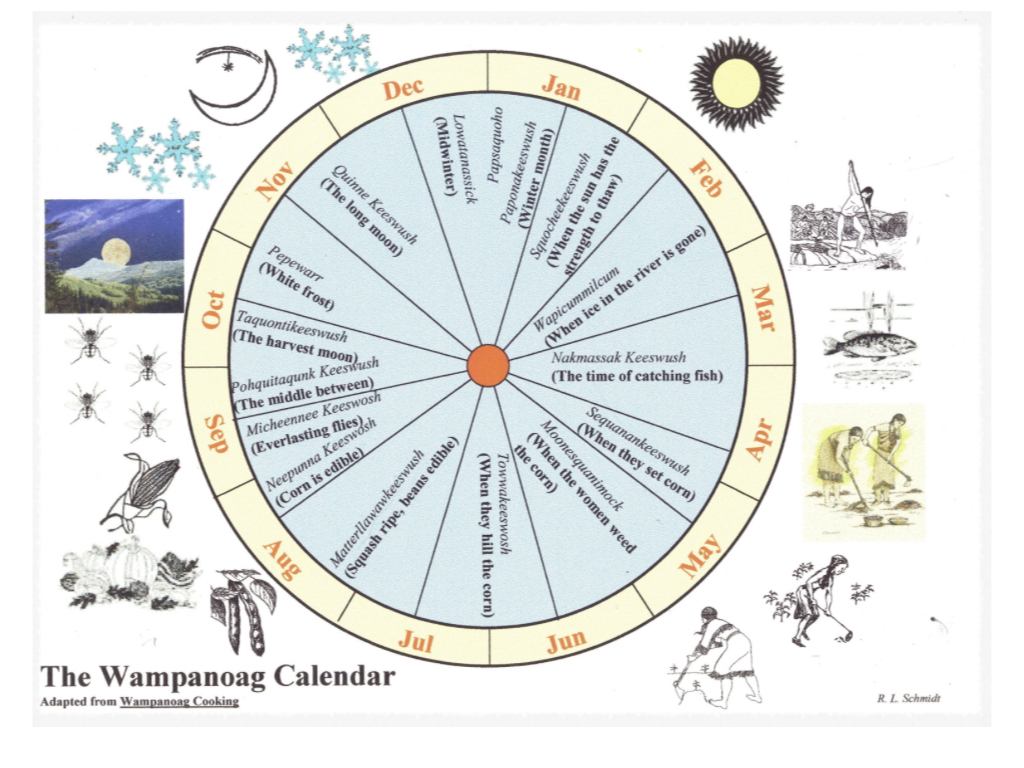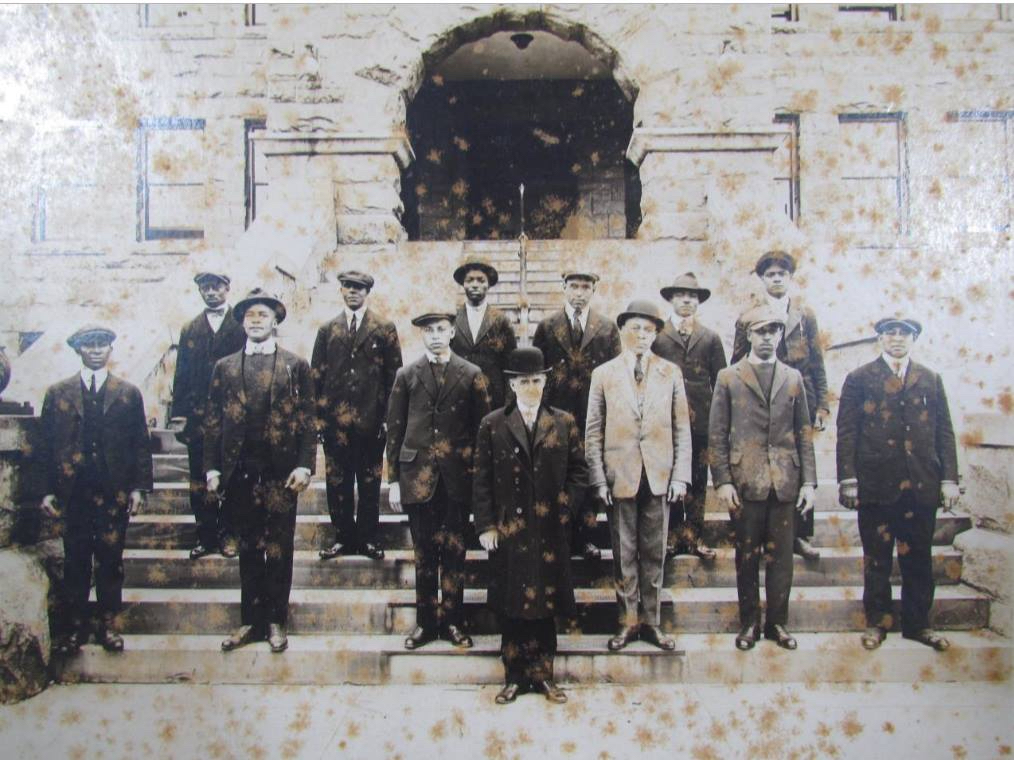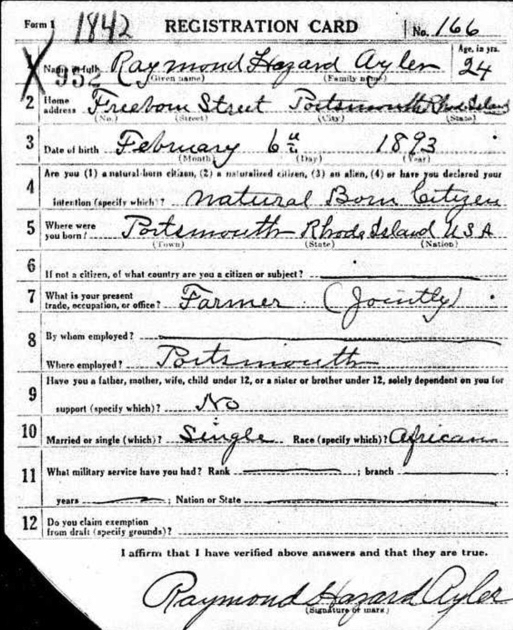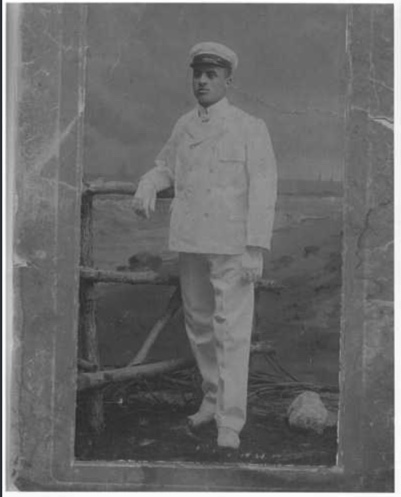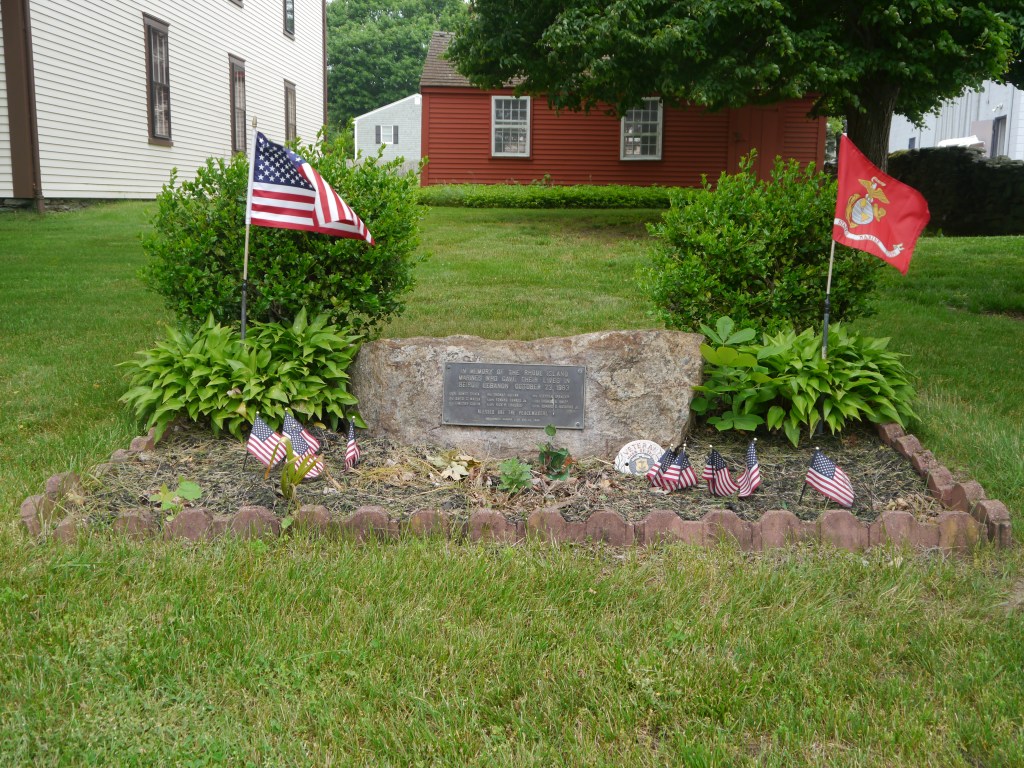At Thanksgiving time I am thinking about the Wampanoag heritage of Aquidneck Island. I recently read Mayflower by Philbrick for a book club. There is more scholarly work about the roots of our Thanksgiving feast. Often our focus is on the Pilgrims, but maybe we forget about the Native American traditions of thanksgiving. So many of our Thanksgiving stories are more legend than good historical research.
The Pilgrims did not introduce the concept of a harvest celebration. Wampanoag culture celebrated at least five thanksgivings – some believe there was one for each full moon. I came across the celebrations when I was a librarian at Elmhurst School. There were beautiful picture books about “Strawberry Thanksgiving” and the origins of the Cranberry Thanksgiving. Strawberry Thanksgiving is a summer celebration when the first berry ripens. Green Bean and Green Corn Harvest come in mid summer. Cranberry Thanksgiving celebrates the ripening of the last wild berry. Some Wampanoag traditions list a maple syrup harvest celebration in the late winter/early spring. There was definitely a Thanksgiving celebration when the last crops were harvested and that would include singing, dancing and sharing food.
Giving thanks daily was part of Wampanoag culture and it should be part of our life, too. Giving thanks helps us to concentrate on our blessings even in days of struggle.
